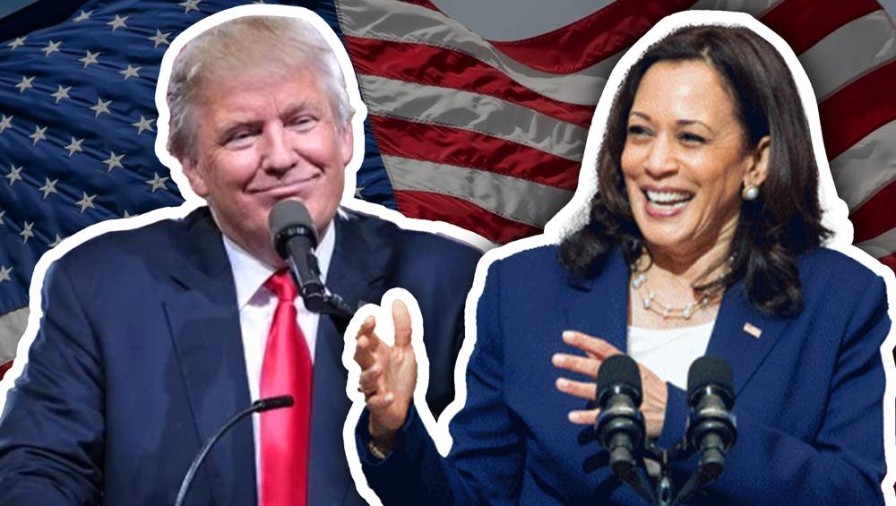The catch cry that ‘economic security is national security’ is underpinning many countries’ views of the world today. Governments all around the world, including New Zealand, are increasingly grappling with supply chain challenges, disruptions due to climate change and geopolitical tensions, and risks of economic coercion.
Being ‘tough on China’ is now cemented as bi-partisan policy in the United States, and industrial policy that promotes manufacturing and supports jobs at home is here to stay. However, ensuring an effective economic security policy in the United States, and for the Indo-Pacific, requires a sustained effort to strengthen partnerships in the region and take collective action to address the challenges.
In 2023, the Group of Seven (G7) leaders took the first unified step to put the spotlight on economic security as a critical global challenge. Countries in the Indo-Pacific are developing their own distinct economic security plans (not all of them public), and the US has continued to build out its toolbox. President Joe Biden’s approach has focused on strengthening and diversifying supply chains, especially in key sectors. The re-shoring of critical sectors was supported through robust industrial policy – such as the billions of dollars Inflation Reduction Act subsidies scheme. The US’s ‘friendshoring’ policy has also been actively pursued through stepped up engagement in Asia, including the conclusion of the Indo-Pacific Economic Framework (IPEF) and the Minerals Security Partnership focusing on supply chain security.
Biden’s approach to addressing the China challenge head-on includes export controls, the development of an outbound investment screening mechanism for specific sectors, imposing higher tariffs for selected Chinese goods, and announcing curbs on Chinese technology in a range of products, including cars. Biden also put a premium on working with partners to address economic coercion risks and, in particular, providing support when they faced coercion.

Donald Trump and Kamala Harris.
Continuity most likely under Harris
A Harris administration would likely follow a similar path on this agenda, including supporting production and jobs at home in the US, and working with partners in the region to secure critical inputs and strategic goods and reduce dependence on China.
Whether measures targeting China will continue to grow will, in part, be determined by both how China’s actions are perceived by the US and Congressional pressure to act. Given the impact any new US action could have on other countries, including New Zealand, it will be critical for partners in the region to work together with the US early on to ensure they can avoid being caught up in them.
Donald Trump was instrumental in bringing economic security issues to the fore during his presidency, with China being central in his sights. Export controls for cutting-edge technologies were introduced, including adding Huawei – plus hundreds of other Chinese companies – to the Restricted Entity list, and preventing American semi-conductor equipment manufacturers from selling to companies overseas that wanted to sell chips to Huawei. Trump imposed higher tariffs on more than US$300 billion worth of Chinese imports over his term, some of which also attracted the ire of US partners (including New Zealand) when they faced the tariffs too. With the Trump administration more focused on ‘making America great again’, it was less interested in nurturing key relationships in Asia, and partners were arguably more of an after-thought.

What would Trump II hold in store?
Trump’s rhetoric on China appears largely unchanged, and it seems likely another Trump administration would continue many of Biden’s economic security measures, including further actions against China.
A key Trump adviser, Robert Lighthizer, has talked of strengthening export controls on dual-use and other products flowing to China, blocking more Chinese investment in the US, and establishing a screening regime for all outbound investment into China.
Trump was willing to take unilateral action to bolster US national security at the expense of its friends in the Indo-Pacific – for example, the 25% steel tariffs – and there are few signs he would take their views onboard this time round.
Biden’s signature economic initiative for the region, the IPEF, is also on shaky ground, with Trump claiming in November he would “knock it out” upon taking office. Such a move would be a great disappointment to the region, which is looking for more – not less – US leadership on economic and trade issues.
Trump’s stance on tariffs is well known and more can be expected in a second term, with his claims of (at least) a 60% tariff hike on all Chinese imports, and a 10% (or higher) tariff on all goods imported into the US.
Were these moves to eventuate, they would have significant short and long-term impacts for Indo-Pacific partners, including undermining key relationships with partners that Biden had worked hard to strengthen.

Jane Mellsop.
A second Trump administration again focused on ‘America First’ as the driver of its economic and trade policy is also likely to support a continuation of industrial policy that bolsters US manufacturing and re-shoring – although Trump is likely to adjust the legislation to reflect his priorities (ie, not the environment).
Maintaining momentum, strengthening partnerships
Working with partners to collectively address the myriad of economic challenges facing the region is going to be critical, and the recent momentum – at a minimum – needs to be maintained. The United States should consider the benefits beyond the direct and immediate dollars and cents when assessing the value of cooperation and collaboration with partners in the Indo-Pacific.
For their part, Indo-Pacific countries should clearly articulate their own economic security agenda; prioritise having up-to-date economic security strategies across the region; and, importantly, identify ways to strengthen cooperation with the US, including by highlighting the value of stability in the region for broader US economic security.
With its track record of coming up with creative plans for regional economic integration, New Zealand has an opportunity to take the lead on putting regional economic security squarely on the agenda in its discussions with the new US Administration.
Jane Mellsop is the director for trade, investment and economic security at the Asia Society Policy Institute in Washington, DC, and was previously the senior trade adviser to the then-minister for trade and export growth, Damien O’Connor.
Jane Mellsop
Sat, 12 Oct 2024







